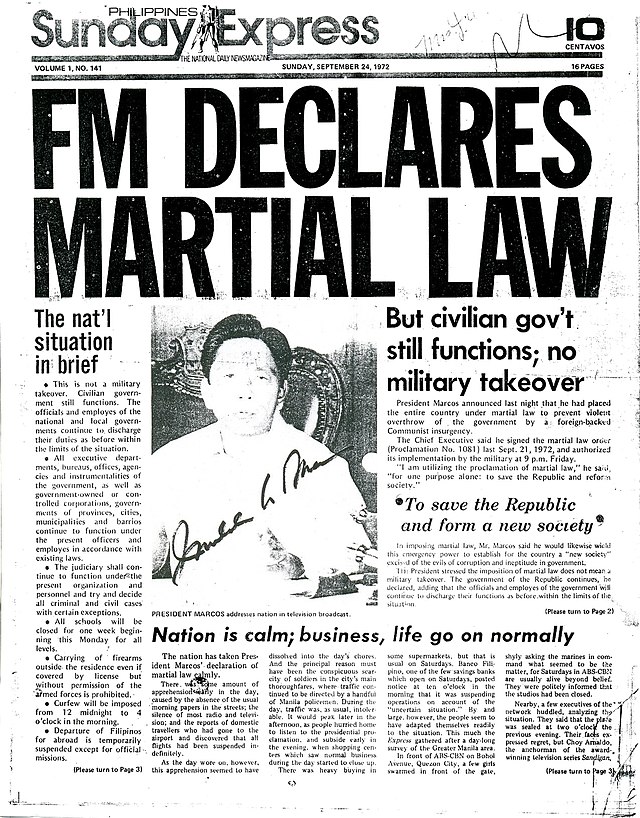Things about News Articles
Things about News Articles
Blog Article
The Ultimate Guide To News Articles
Table of ContentsThe Best Guide To News Articles5 Simple Techniques For News Articles9 Easy Facts About News Articles ShownRumored Buzz on News ArticlesEverything about News Articles
Good expertise of various subjects provides pupils an one-upmanship over their peers. Also though electronic and social media sites are easily accessible, we need to not fail to remember just how essential it is to review the papers. Moms and dads should attempt and inculcate the practice of reviewing a newspaper as an everyday regimen to proceed the tradition of the adored print medium.News stories likewise consist of at the very least one of the adhering to important attributes relative to the intended target market: closeness, prominence, timeliness, human rate of interest, strangeness, or effect.
Within these restrictions, information tales likewise aim to be comprehensive. Among the bigger and a lot more revered newspapers, justness and balance is a significant variable in providing details.
Newspapers with a worldwide audience, for instance, have a tendency to use a more official design of writing. The specific selections made by a news outlet's editor or content board are typically collected in a design guide; common design guides consist of the and the US Information Style Publication. The primary objectives of news writing can be summed up by the ABCs of journalism: accuracy, brevity, and quality.
The Only Guide for News Articles
As a policy, reporters will certainly not use a long word when a short one will do. They use subject-verb-object building and brilliant, energetic prose (see Grammar). They supply anecdotes, examples and allegories, and they rarely depend on generalizations or abstract ideas. Information authors attempt to stay clear of making use of the very same word greater than once in a paragraph (in some cases called an "echo" or "word mirror").
However, headings occasionally leave out the subject (e.g., "Jumps From Watercraft, Catches in Wheel") or verb (e.g., "Pet cat female lucky"). A subhead (also subhed, sub-headline, subheading, caption, deck or dek) can be either a subservient title under the primary headline, or the heading of a subsection of the write-up. It is a heading that comes before the primary text, or a team of paragraphs of the main message.

Extra billboards of any of these kinds may show up later in the write-up (particularly on succeeding pages) to entice more reading. Such signboards are also made use of as tips to the article in other sections of the publication or website, or as check my source ads for the item in other magazine or sites. Normal structure with title, lead paragraph (recap in bold), other paragraphs (details) and call information.

Example of a hard-lead paragraph NASA is recommending one more space project. The agency's budget demand, announced today, included a strategy to send out one more mission to the Moon. This time the agency hopes to develop a long-lasting center as a jumping-off factor for various other company website area adventures. The spending plan requests roughly $10 billion for the project.
The NASA news came as the firm requested $10 billion of appropriations for the project. An "off-lead" is the 2nd crucial front page news of the day. The off-lead shows up either in the top left edge, or directly below the lead on the right. To "bury the lead" is to start the post with background details or information of additional importance to the viewers, compeling them to learn more deeply right into a post than they should need to in order to discover the essential factors.
An Unbiased View of News Articles
Usual use is that one or more sentences each develop their very own paragraph. Reporters usually describe the organization or structure of an information tale as an upside down pyramid. The essential and most fascinating components of a story are put at the beginning, with supporting information adhering to in order of lessening importance.
It allows people to check out a subject to just the deepness that their inquisitiveness takes them, and without the charge of details or nuances that they could consider pointless, yet still making that info available to much more interested visitors. The inverted pyramid structure likewise allows articles to be cut to any type of approximate length during design, to suit the room offered.
Some authors start their stories with the "1-2-3 lead", yet there are many kinds of lead readily available. This layout usually begins with a "Five Ws" opening up paragraph (as defined over), complied with by an indirect quote that serves to sustain a significant aspect of the very first paragraph, and after that a straight quote to sustain the indirect quote. [] A kicker can refer to numerous points: The last story in the information program; a "pleased" story to finish the show.
Longer write-ups, such as magazine cover write-ups and the pieces that lead the within sections of a newspaper, are recognized as. Function tales differ from straight information in several methods.
The Single Strategy To Use For News Articles
The journalist usually details interactions with meeting topics, Source making the item more individual. A function's first paragraphs commonly connect an interesting minute or occasion, as in an "unscientific lead". From the details of an individual or episode, its sight quickly broadens to abstract principles concerning the tale's topic. The area that signifies what an attribute has to do with is called the or billboard.

The Editor's Tool kit: A Reference Overview for Beginners and Professionals (2001) Allan M. Siegal and William G. Connolly. The New York Times Guidebook of Style and Use: The Official Style Overview Used by the Writers and Editors of the Globe's Many Reliable Newspaper (2002) M. L. Stein, Susan Paterno, and R.
Report this page